A wine's flavor profile is characterized by five structural elements — sweetness, acidity, tannin, alcohol and body. Remember them. Knowing these terms and how to distinguish them can help you confidently discuss and explain wine to others — and can help you better pair and recommend wine.
The first four characteristics can be pinpointed by isolating the sensations in your mouth. The last — body — is identified by the weight of the wine in your mouth and the length of the finish.
The word "sweetness" can be confusing because it suggests taste, and some wine that smells sweet may not actually taste sweet. Here's the guideline: you can't smell sweetness, you can only taste it. However, you can smell ripeness in the aroma, which may indicate you will taste sweetness.
Wine tastes sweet based on the amount of residual sugar (or RS) in the wine. Sweetness is sensed near the front of the mouth or the tip of the tongue. A lack of sweetness is described as “dry,” but it’s not dry in the typical sense of the word — it just isn’t sweet. In the glass, sweetness may be observed by the viscosity, or thickness, of the swirled wine (however, viscosity can also indicate alcohol content).
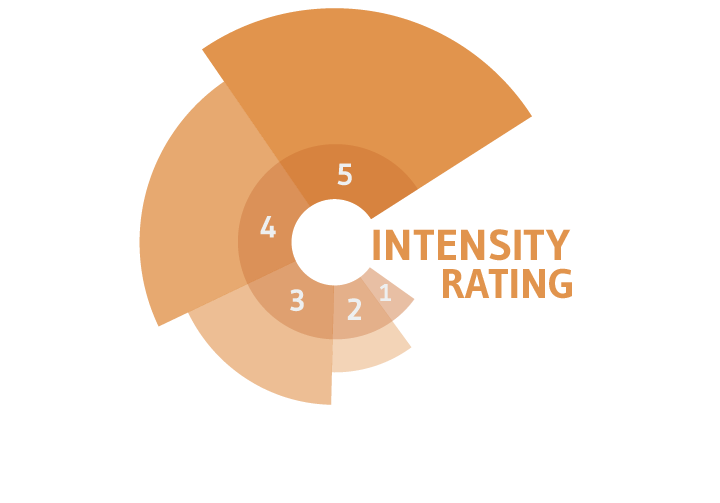
Sweetness is generally characterized using these terms:
"[Riesling] is the only grape really that you can go from bone dry to dessert sweet within the same grape varietal. ... And they all show a different characteristic as you go through, especially as you start to combine food with them."— John Sarich
Acids are what bring about sour and tart flavors of wine, and acid levels are typically higher in grapes grown in cooler climates. Acidity may create a tingling sensation on your tongue, cause your mouth to water, and a even produce a "rough" feeling on the roof of your mouth. Acidic wines tend to be lighter in body than other wines.
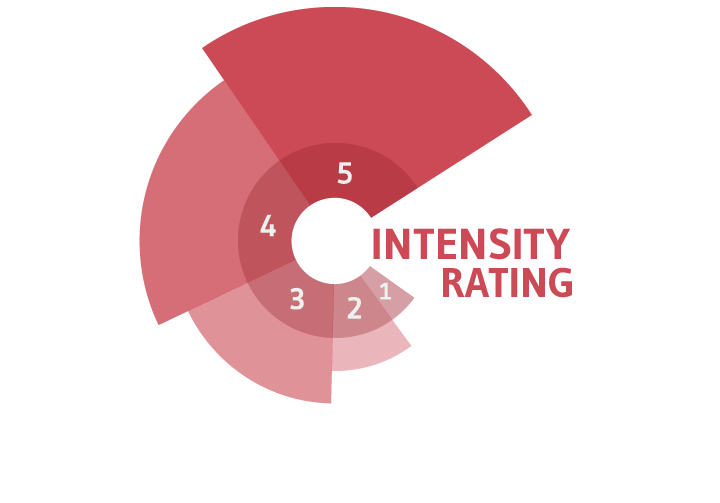
The acidity of wine is usually described using these terms:
Tannins are natural substances — phenolic bitterness compounds — that come from the skins and seeds of grapes and aging barrels. Tannins are found in red wines, as these wines ferment with the skins. The level of tannins in a wine is measured not by how it tastes, but by how dry the wine makes your tongue feel. But unlike the dryness you find when tasting wine for sweetness, tannins literally feel dry on your tongue.
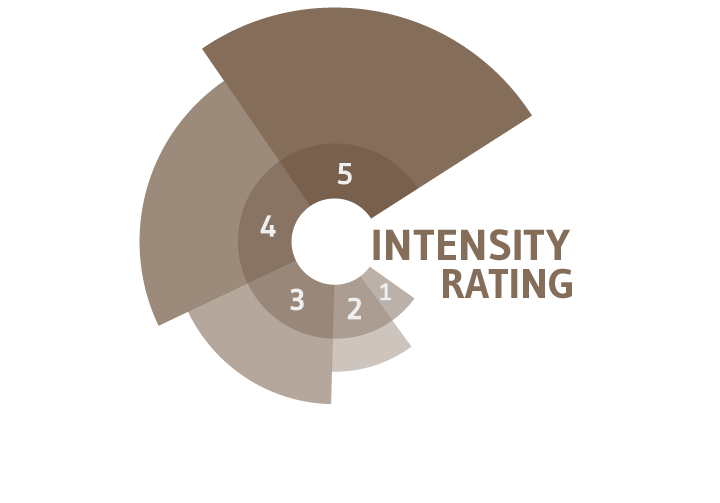
Tannin levels are described with these terms:
A product of fermentation — yeast eating the grape's natural sugars — alcohol level in a wine is detected by smell and taste. Alcohol in wine can be identified by the feeling of heat in the back of your throat and on the middle of your tongue. A higher level of alcohol will give the sensation of burning your nose or palate. In the glass, alcohol content may be indicated by the presence of slow “tears” or "legs" running down the glass after swirling (but these can also be from sugar or oak).
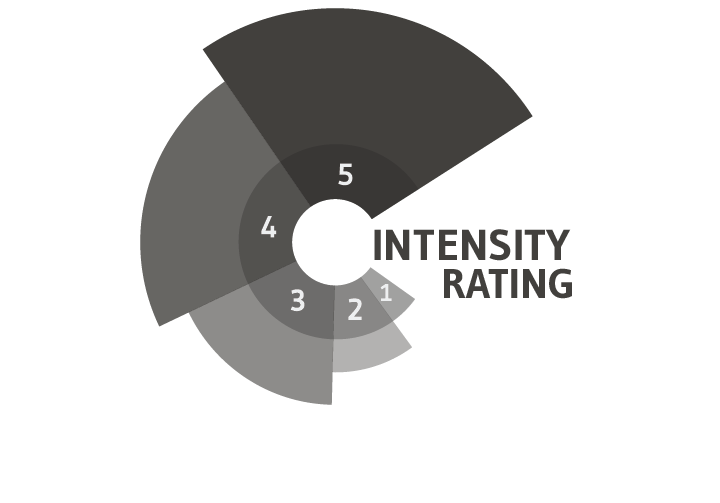
Like acidity and tannins, alcohol tasting is described in these terms:
Body describes the overall weight of the wine and its style — light to bold. A number of factors contribute to the body of a wine, including alcohol content, maturation method, tannins, sugar and acids. Some grape varieties also tend to just produce wines with more body.
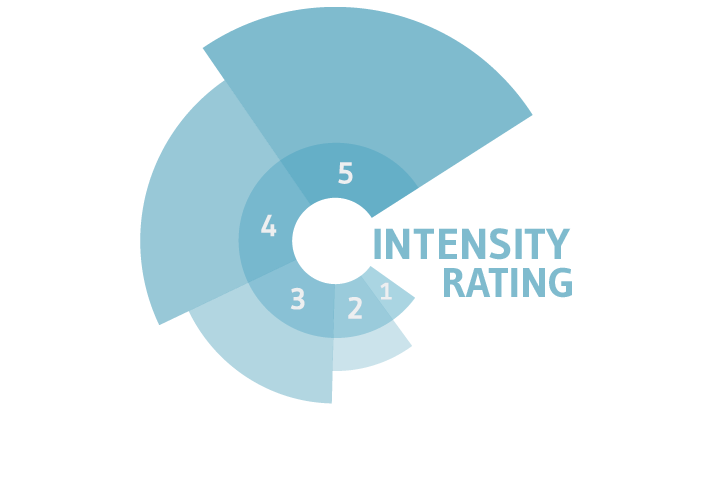
When thinking about body, think about and compare the weight, or "mouthfeel," of skim milk, whole milk and heavy cream. Body is generally described using these terms: